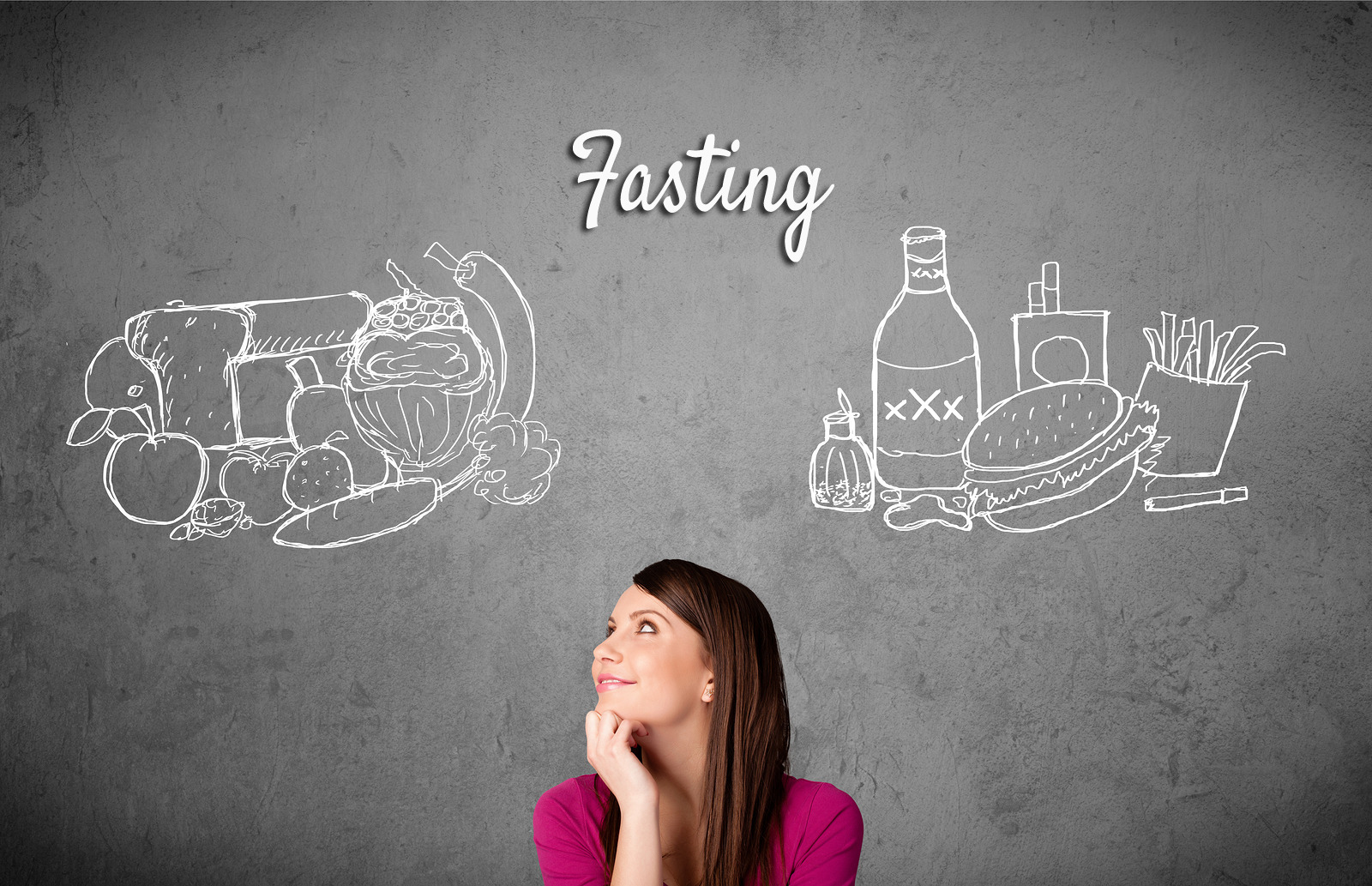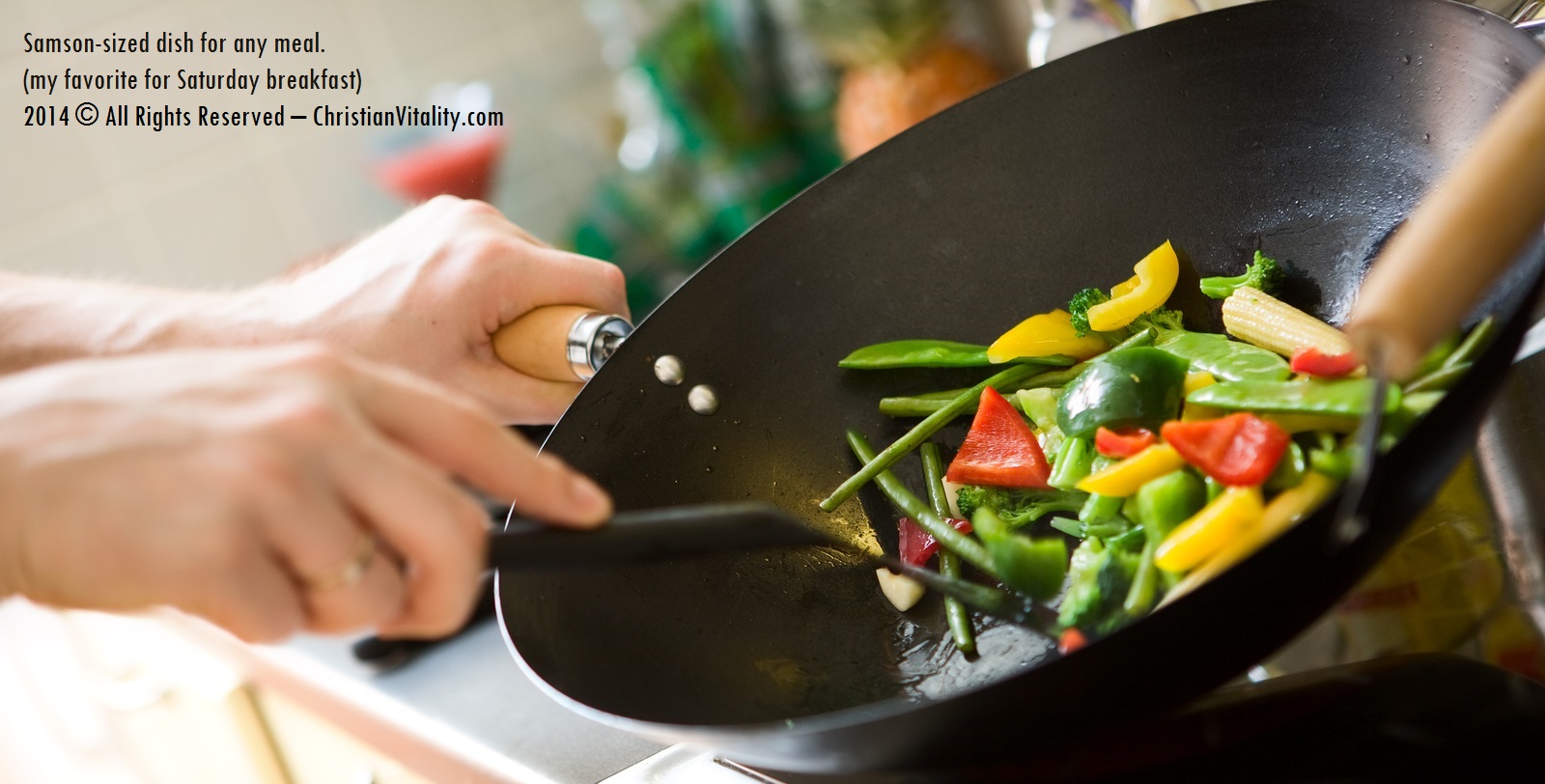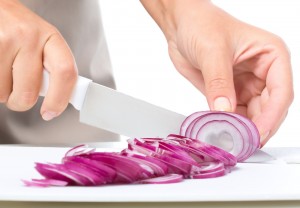It was one of those mornings when I was running short on time and I knew that my day was booked solid, so it was likely I wouldn’t be able to squeeze a workout in all day & evening. I was committed to my weight loss program and didn’t want to accept defeat so easily and throw in the towel so to speak.
From my previous experience years ago reading the “Body for Life” by Bill Phillips, I remembered that a workout out first thing in the morning on an empty stomach helps burn 300% more fat than a workout later in the day after you’ve eaten. Bill also taught me about Hight Intensity Interval Training (HIIT) in that book. At the time, it was a fairly new type of training that was said to supercharge your metabolism and fat-burning even more.
A short workout on an empty stomach first thing in the morning like this can be equivalent to an hour (or more) long workout late in the day on a full stomach. It stokes your metabolism (body’s furnace). It also helps keep your metabolism burning extra calories all day long and research shows that this furnace stoking can last up to 48 hours after your exercise is over.
So, I made time for a workout and jumped on my Elliptical Machine at home. I only had 10 minutes to spare and I made it happen using High Intensity Interval Training also known as High Intensity Intermittent Exercise (HIIE) or Sprint Interval Training (SIT). It’s also more popularly called (in the last two decades) as Tabata Training after the Japanese Professor who popularized it with a study in 1996
So, I jumped on the Elliptical machine for a quick 10 minute workout and burned 256 calories. I warmed up for 2 minutes at a mellow pace with the machine setting to 30% inclination grade (my normal setting) and the resistance set to 15 out of 20. The RPM on the machine was about 40-50 RPM. When I do my normal, what most would call medium intensity workouts for 20-30 minutes I use the same settings, but run/glide at about 60 RPM for the whole duration. So, the 40-50 RPM is a fairly low intensity for me.
After 2 minutes of warming up at a low intensity I then run/glide as fast as I can (about 90-100 RPM) for 30 seconds followed by 30 seconds of low intensity (again about 40-50). Each of these 60 second periods could be called one set, of which I do 4 of them. So, slow for 30 seconds then fast for 30 seconds for 4 minutes straight. I then do a cool down for 2 minutes at the low intensity level of 40-50 RPM.
The whole workout is 8 minutes long and if you think this sounds kind of wimpy, you’re dead wrong. I finish these workouts about to lose my breakfast (which I would have, had I eaten any) and my lungs feel like they did when I was forced to run the mile (as fast as you can) as a Freshman in High School…they hurt and I cough throughout the day from time to time as a reminder. It seems to kick up all the crud in your lungs.
Even though the Elliptical Machine display only showed 256 calories burned from these short workouts…it is likely that those calories were mostly taken from fat storage. In addition to slimming down my waist-line by a small amount, I will also burn more calories just sitting at my desk at work today from the extra metabolism boost. You might call that a double-bonus. 🙂
So, don’t ever underestimate the value of a short workout. Anyone can make time for the 8-minute Miracle.
This should also help you not ever have an excuse for not getting some exercise in. You should be able to squeeze at least a 8 minute workout in, anytime.
So, go ahead and hate me for it…I just stole the main reason people don’t work out when on a weight loss program from your list of excuses. 🙂
You can learn more about the history of the High Intensity Interval Training by visiting our Wikipedia friends here:
http://en.wikipedia.org/wiki/High-intensity_interval_training


![[MUST READ] The “Metabolic Winter” Hypothesis…](https://www.christianvitality.com/wp-content/uploads/2014/06/Metabolic-Winter-Ahead.jpg)




